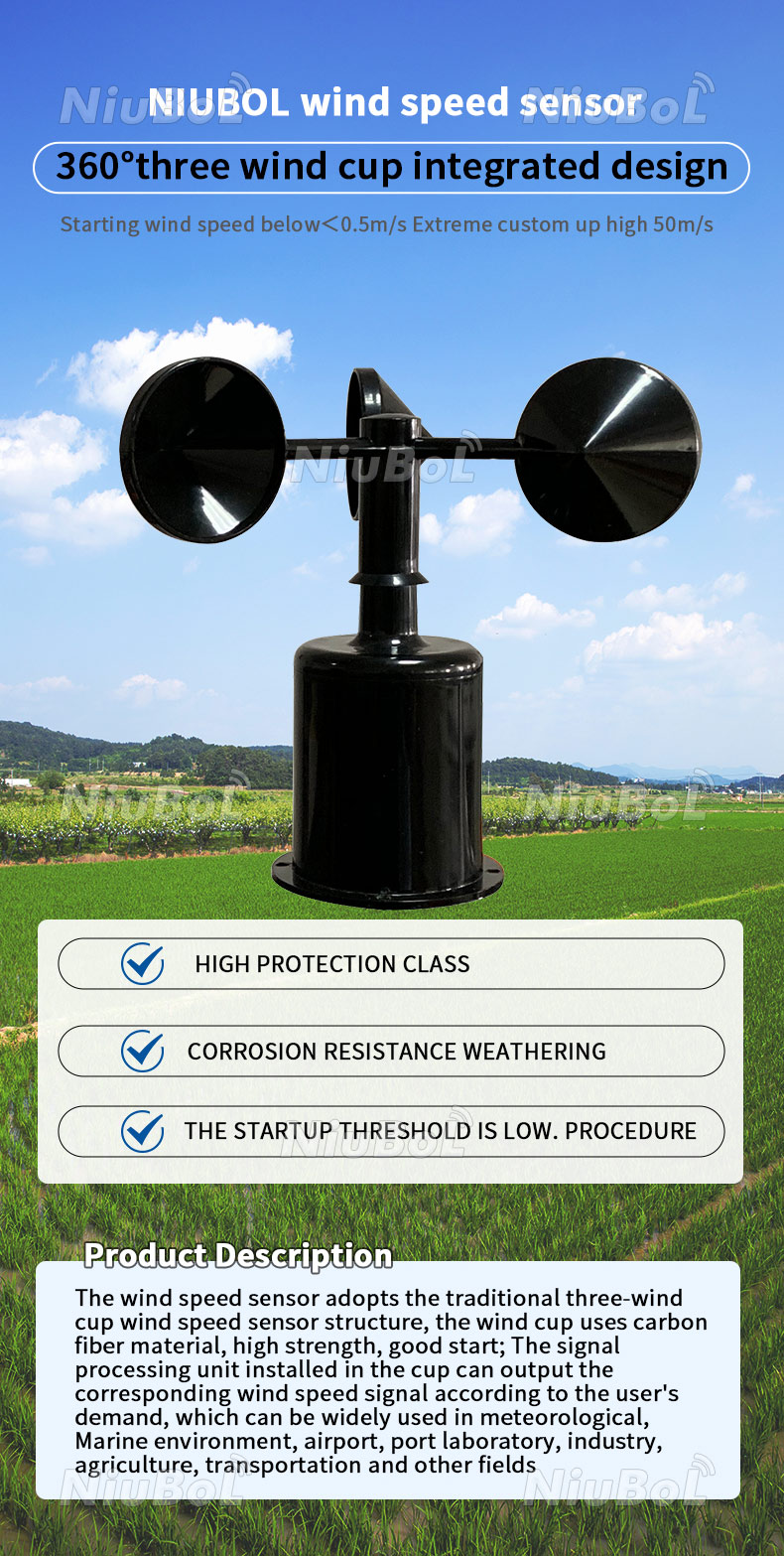Anemometer Innovations: The Most Up To Date Modern Technology for Wind Rate Measurement
Anemometer Innovations: The Most Up To Date Modern Technology for Wind Rate Measurement
Blog Article
All You Need to Understand About Anemometers: Just How They Work, Why They Matter, and Where to Utilize Them
Anemometers, though often neglected in the world of clinical tools, play an important role in different fields, using useful insights into wind rate and airflow patterns. Understanding the auto mechanics behind these gadgets is essential for anybody seeking to harness the power of this data. From meteorologists tracking climate patterns to engineers making frameworks with wind loads in mind, the applications of anemometers are varied and significant. As we look into the complexities of anemometer modern technology, we will discover the internal workings of these devices, their importance, and the key factors to consider when choosing the right anemometer for specific applications.

Anemometer Essentials
An important tool used to gauge wind speed and instructions, the anemometer plays a crucial function in weather forecasting and various sectors. An anemometer normally consists of three or four mugs that rotate in the wind, a vane that directs right into the wind, and sensors to track the rotations or activities.
There are different types of anemometers offered, consisting of mug anemometers, vane anemometers, hot-wire anemometers, and sonic anemometers, each with its distinct attributes and applications. Cup anemometers are frequently utilized for standard wind rate measurements, while vane anemometers are chosen for directional measurements. Hot-wire anemometers appropriate for reduced airspeeds, and sonic anemometers are optimal for high-precision measurements in research and commercial settings. Understanding the basics of anemometers is crucial for precise wind data collection and evaluation throughout different fields.
Concepts of Anemometer Procedure
Structure on the fundamental understanding of anemometer basics, the concepts of anemometer procedure illuminate the technicians behind wind rate and instructions dimensions. Anemometers operate the concept of air movement affecting a sensor, triggering it to turn. Mug anemometers, as an example, have three or even more mugs that capture the wind, creating them to spin quicker as the wind rate rises. The rotation rate is then transformed right into a wind rate measurement. Vane anemometers, on the various other hand, utilize a tail or a probe that straightens itself with the wind instructions, supplying a measurement of wind instructions based upon the orientation of the sensor. Hot-wire anemometers count on a heated cable that cools off as wind overlooks it, with the rate of cooling down establishing the wind speed. Ultrasonic anemometers procedure wind rate and direction by evaluating the time it considers ultrasonic signals to take a trip in between find more information transducers. Comprehending these concepts is important for exact and reputable wind dimensions in different applications.
Value of Anemometers
Anemometers play a critical function in gauging wind speed and instructions, supplying essential information for climate forecasting, environment researches, environmental tracking, and aeronautics procedures. Meteorologists depend on anemometers to collect precise wind information, assisting them understand weather condition patterns, anticipate tornados, and concern prompt cautions to the public. Wind ranch operators make use of anemometers to examine wind problems and maximize electricity production from wind generators.
Applications Throughout Various Industries
In the eco-friendly power industry, anemometers play an essential function in analyzing wind problems for wind farm placements, ensuring optimal power manufacturing. Industries like building and mining utilize anemometers to keep an eye on wind rates, vital for safety protocols, particularly when functioning at heights or in open-pit mines where solid winds can pose threats. In farming, anemometers help farmers in managing crop splashing by offering real-time data on wind rate to avoid drift.

Selecting the Right Anemometer for Your Demands
For general functions, a mug anemometer is appropriate for gauging wind speed, while a vane anemometer supplies wind direction data. Hot-wire anemometers are suitable for low airspeed dimensions, and ultrasonic anemometers provide high precision and longevity.

Final Thought
To conclude, anemometers play an essential role in determining wind rate and direction across various sectors. Comprehending the concepts of anemometer operation is necessary for selecting the best tool for certain needs. From weather forecasting to aeronautics, anemometers are important tools for gathering accurate information and making sure safety in different applications. When selecting the most suitable device for determining wind problems., it is crucial to think about the relevance of anemometers in order to make enlightened decisions.
There are various types of anemometers readily available, including mug anemometers, vane anemometers, hot-wire anemometers, and sonic anemometers, each with its distinct functions and applications. Cup anemometers are frequently utilized for basic wind speed measurements, while vane anemometers are liked for directional dimensions. Hot-wire anemometers are suitable for low airspeeds, and sonic anemometers are my sources excellent for More about the author high-precision measurements in study and industrial settings.Structure on the foundational understanding of anemometer essentials, the principles of anemometer operation illuminate the auto mechanics behind wind speed and instructions dimensions. For basic objectives, a mug anemometer is ideal for determining wind speed, while a vane anemometer gives wind direction data.
Report this page